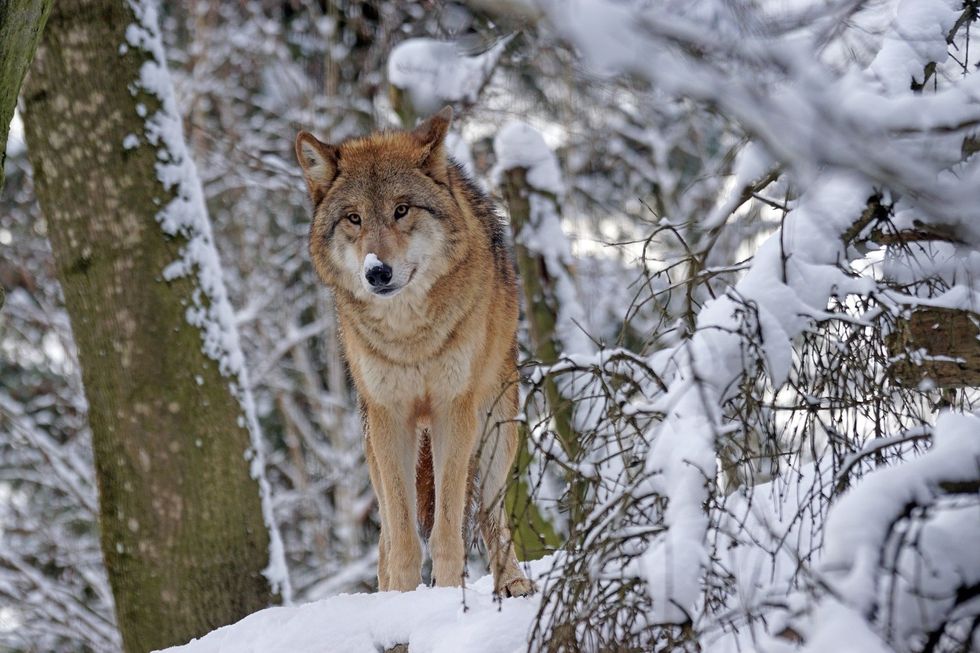
The Best Places to See Wolves Around the World
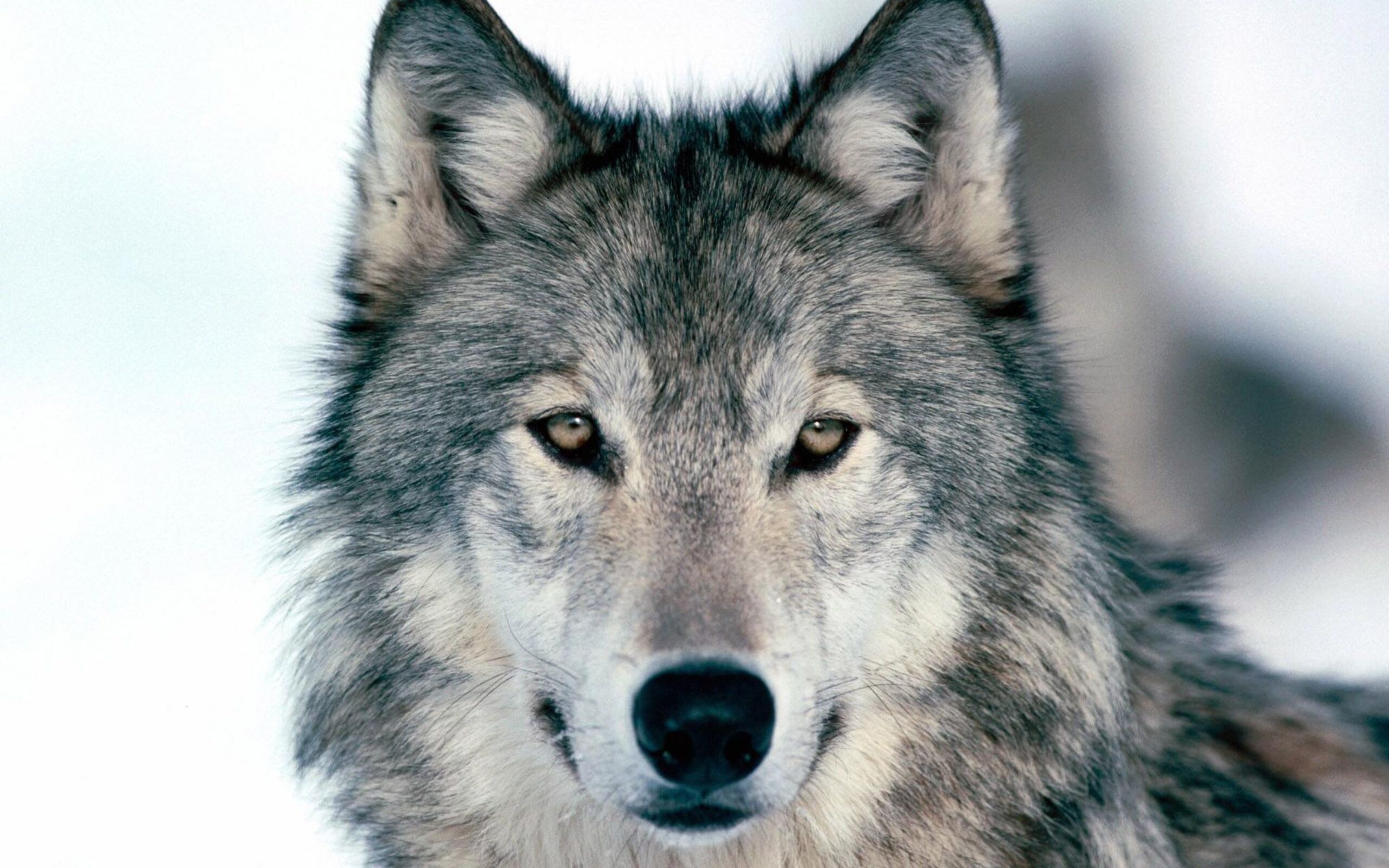

Wolves are pretty freaking amazing.
Emblems of wildness, solitude, ferocity, loyalty, and communion with the moon, the Canus lupus is a creature worth traveling to (try to) see at least once in your lifetime. They’re also vital parts of ecosystems, keeping prey populations in check and just generally being their breathtaking selves.
In America, they were nearly wiped out as of 1974, but thanks to conservation efforts, their population has rebounded from lethally low levels. Still, they face tremendous threats today from hunters and national governments alike—and as of 2019 in America, the Trump Administration is threatening to take the wolves off the endangered species list, thus stripping them of their protected status. Subspecies of wolves also face extinction around the world.
To regrow and maintain their populations, wolves need a lot of help from sanctuaries and conservation groups. You can help ensure that these extraordinary creatures have a future by supporting places and parks that support wolves. Be sure to do your own research on the environmental responsibility of the organization you’re traveling with—though do be sure to travel with an organization, lest you find yourself alone on a mountain, eye to eye with White Fang.
1. Himalayan/Tibetan Wolves: The Himalayan Mountains
wall.alphacoders.com
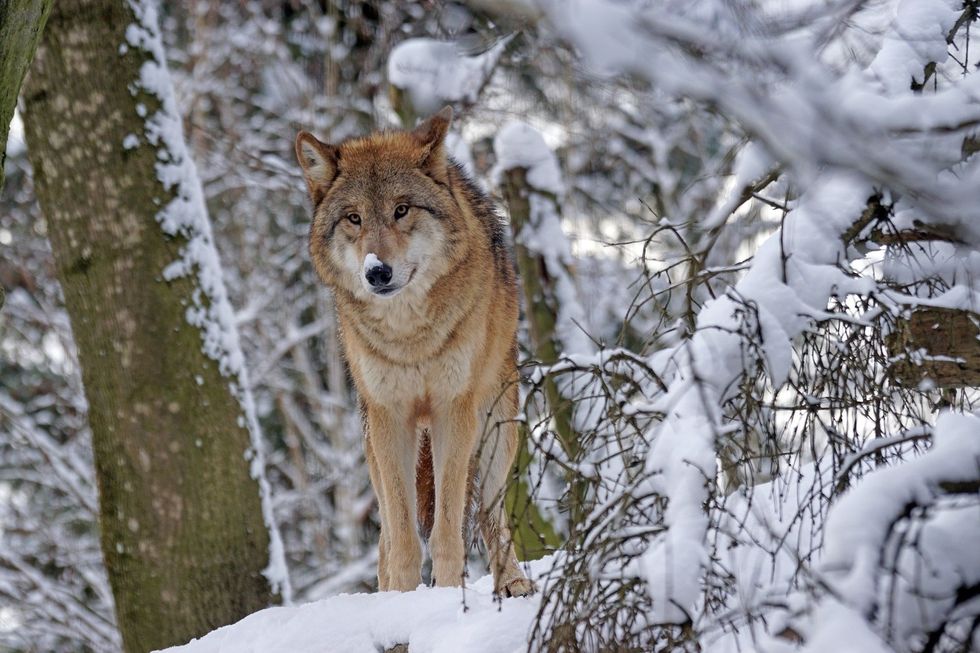
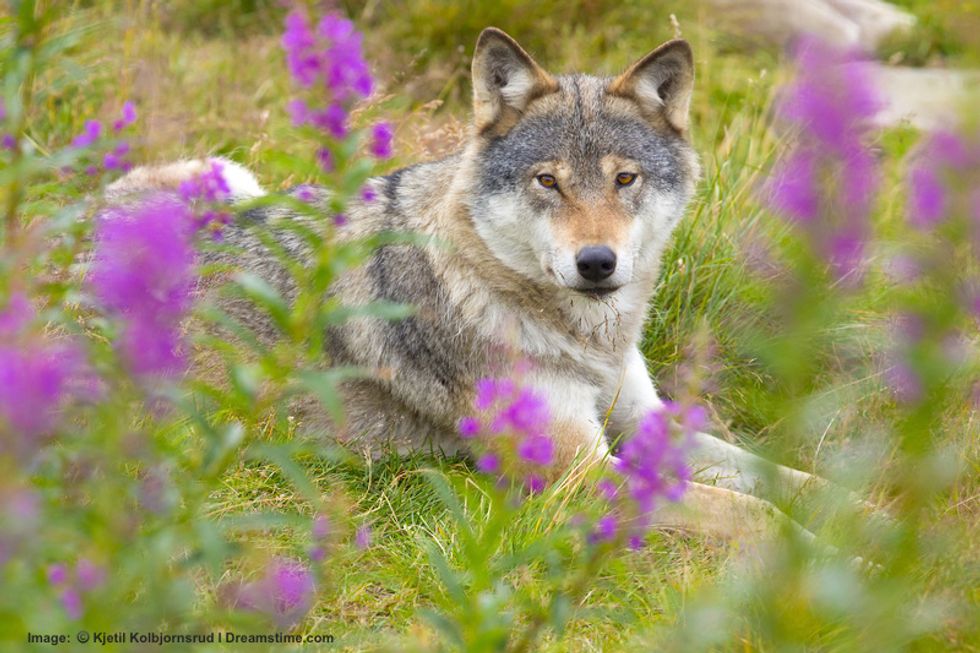
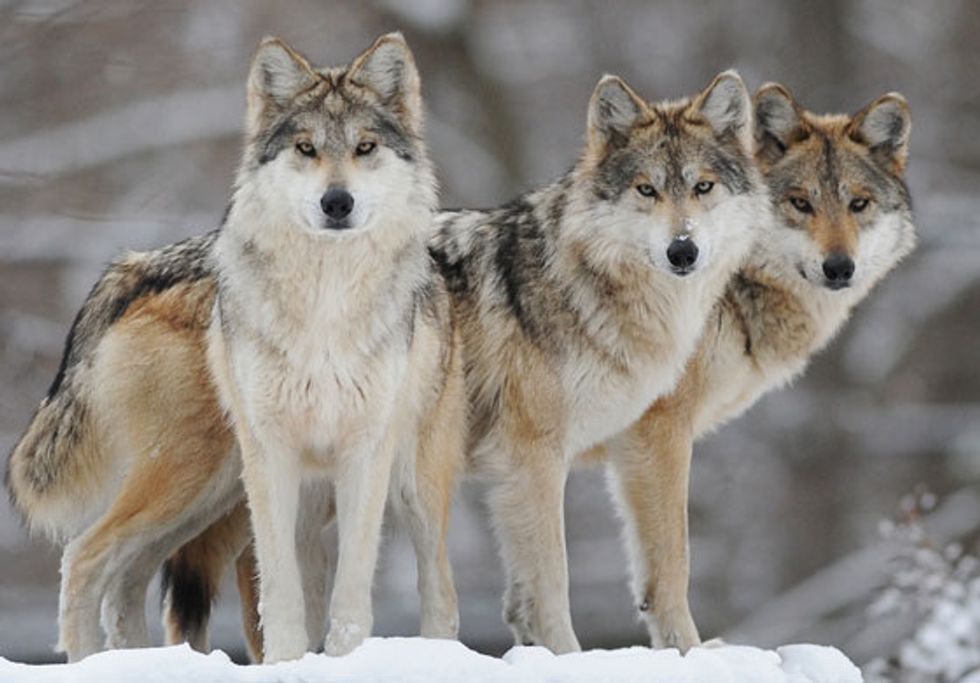
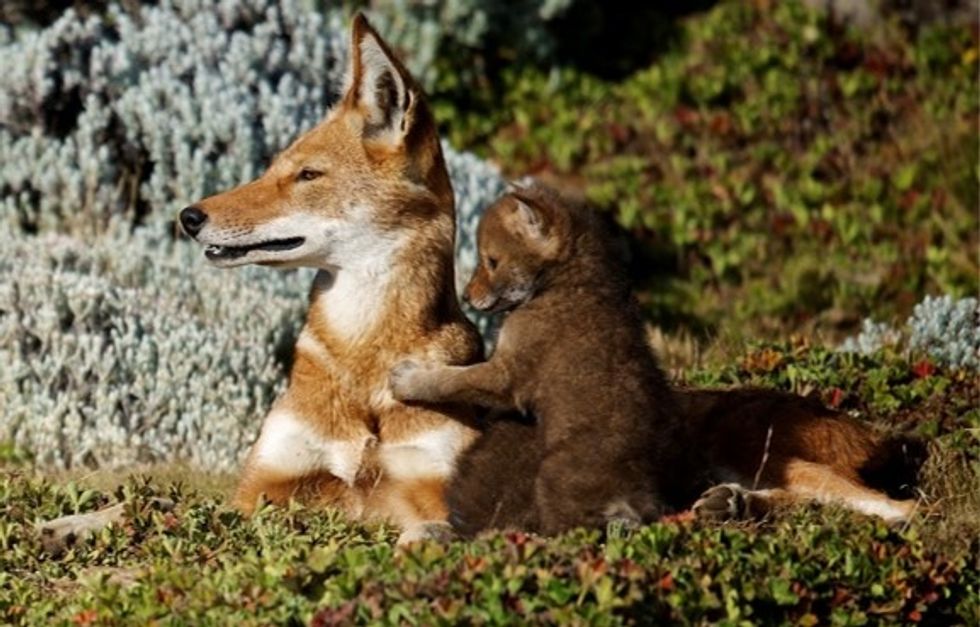
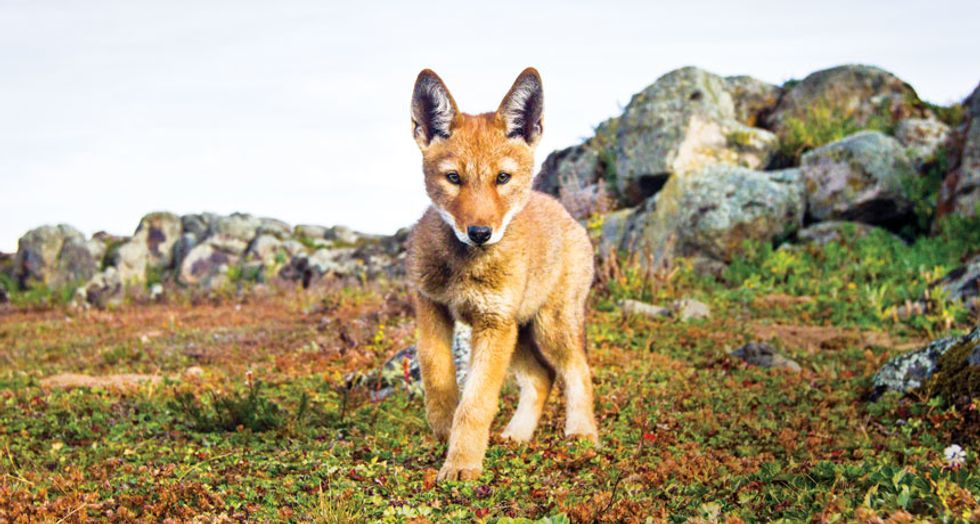
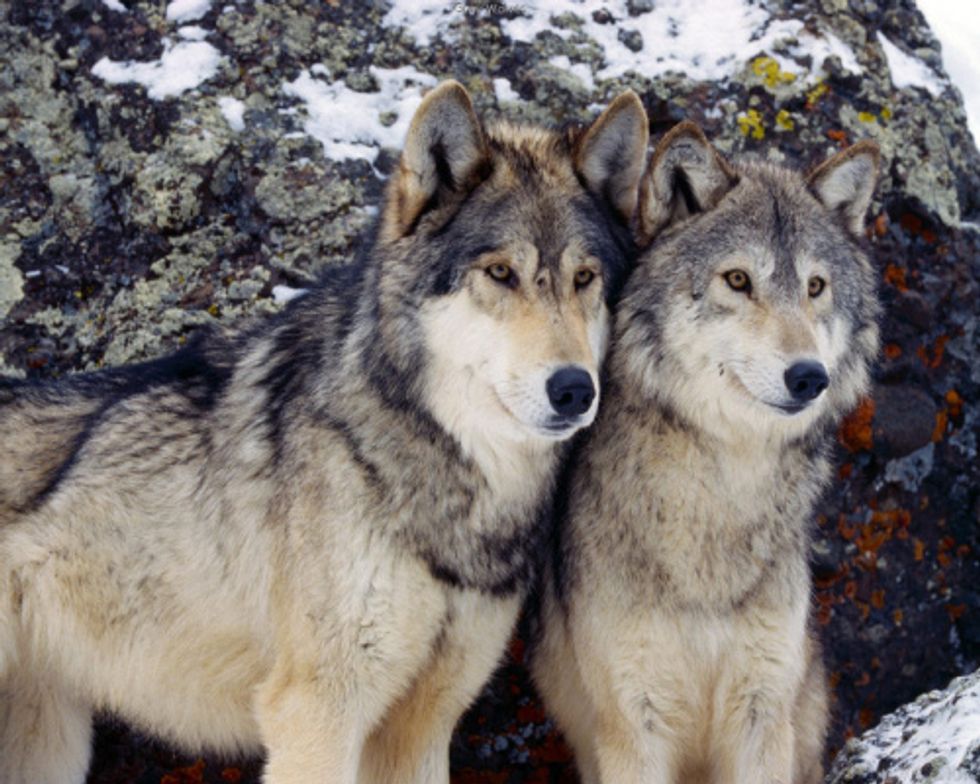
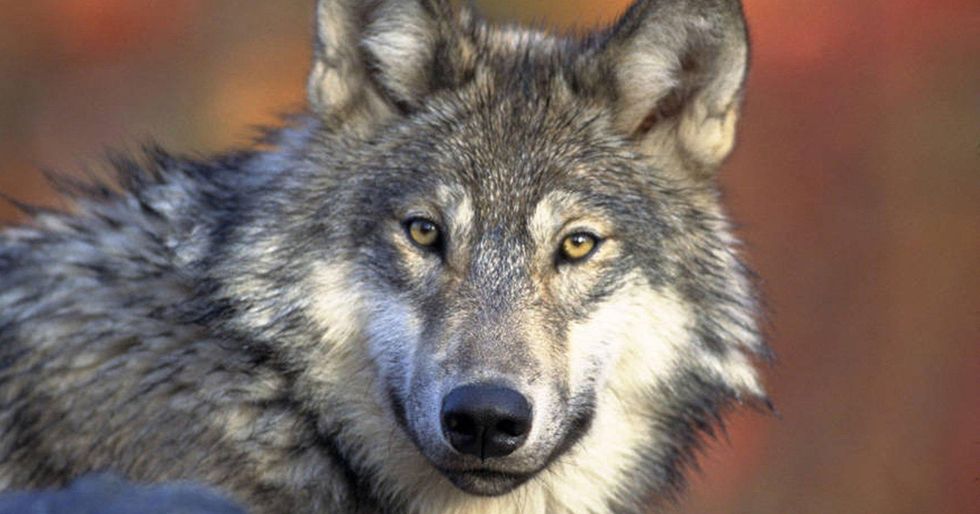
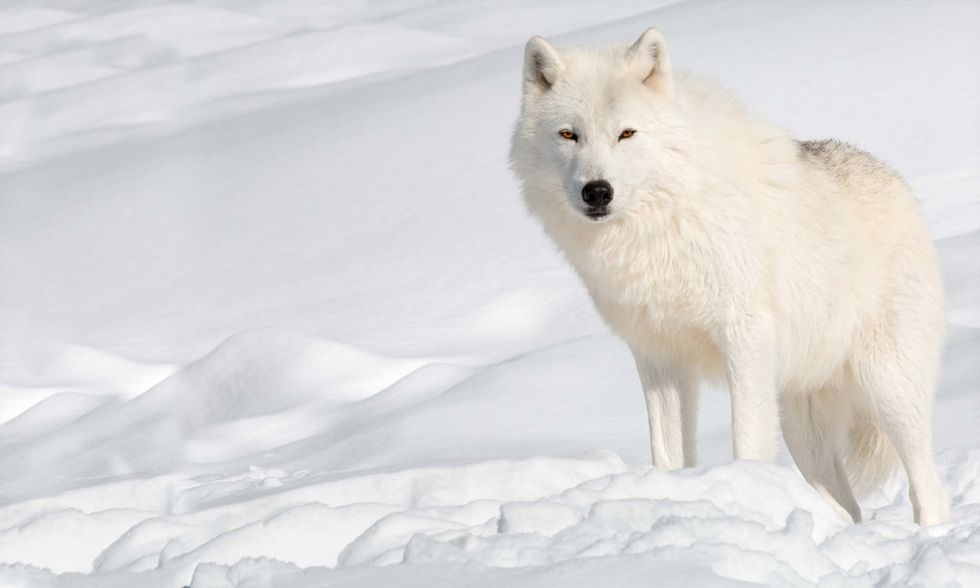

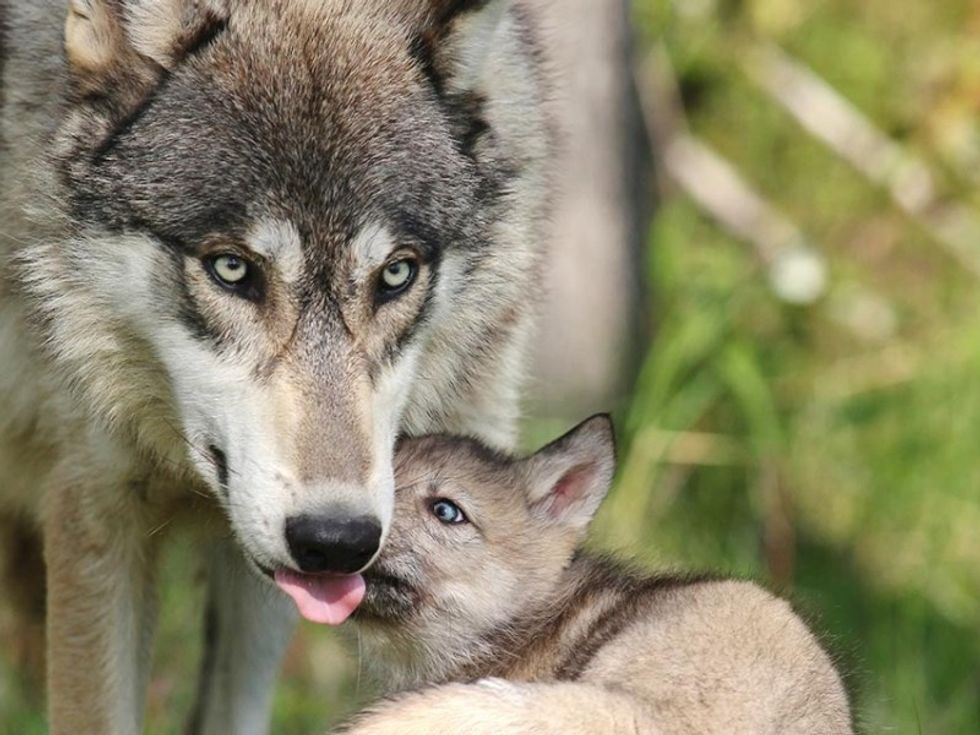
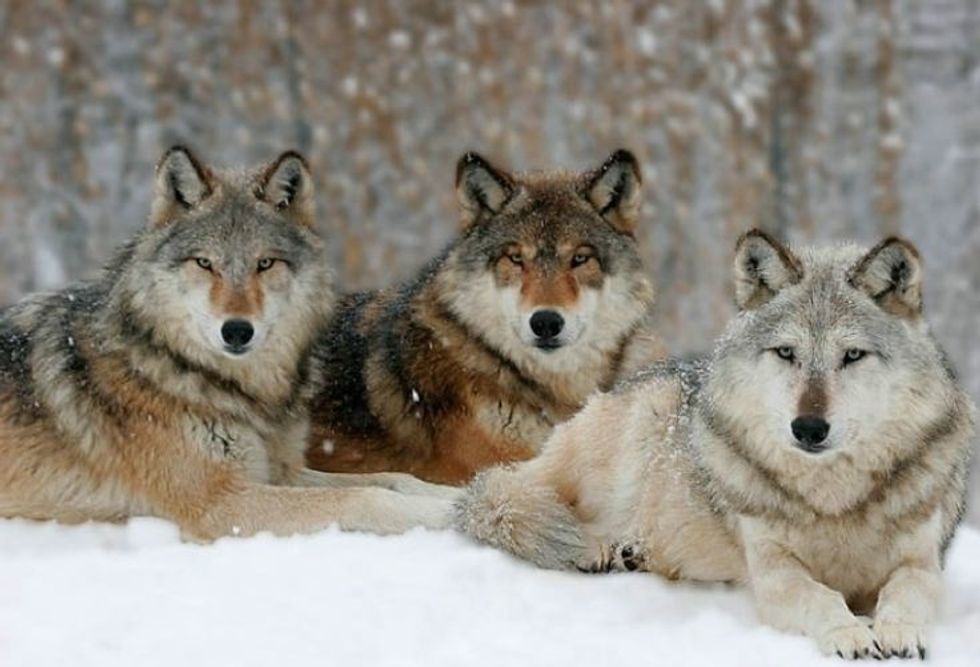
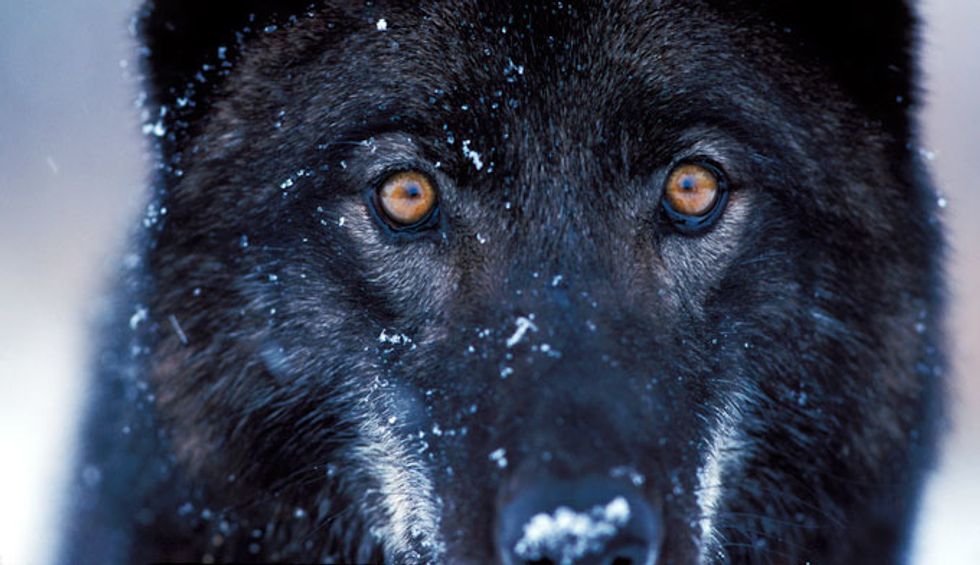
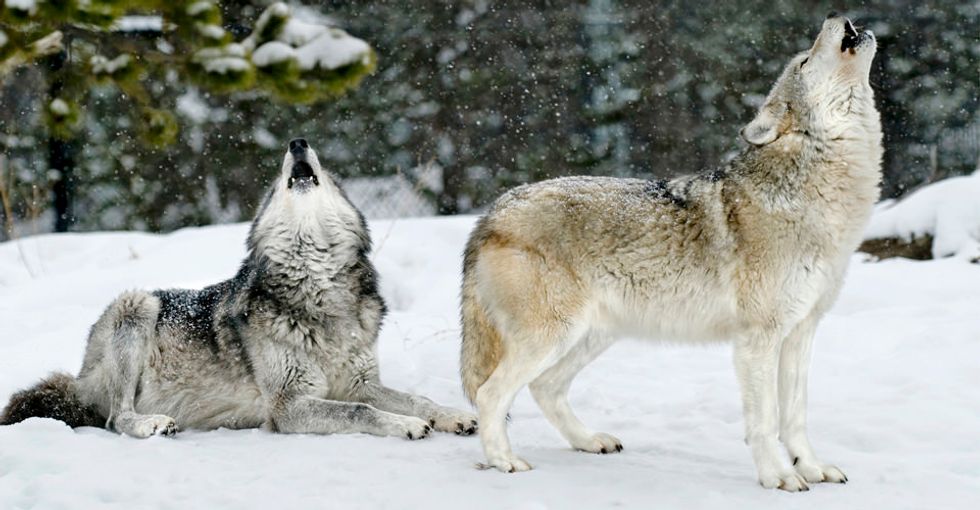
- 20 pounds
- alpha male
- animals
- best places to see wolves
- canada
- china
- conservation
- cute animals
- deer elk
- denali national park
- endangered species
- ethiopia
- gray wolf
- graywolves
- grey wolves
- keystone species
- lamar valley
- large animals
- male and female
- mexico
- national forest
- nature
- nature getaways
- north america
- red wolf
- rocky mountain
- romania
- russia
- tibet
- top predator
- united states
- wild animals
- wold populations
- wolf pack
- wolf packs
- wolf sanctuaries
- wolves around the world
- wolves in the wild
- yellowstone
- yellowstone national park
- yukon
